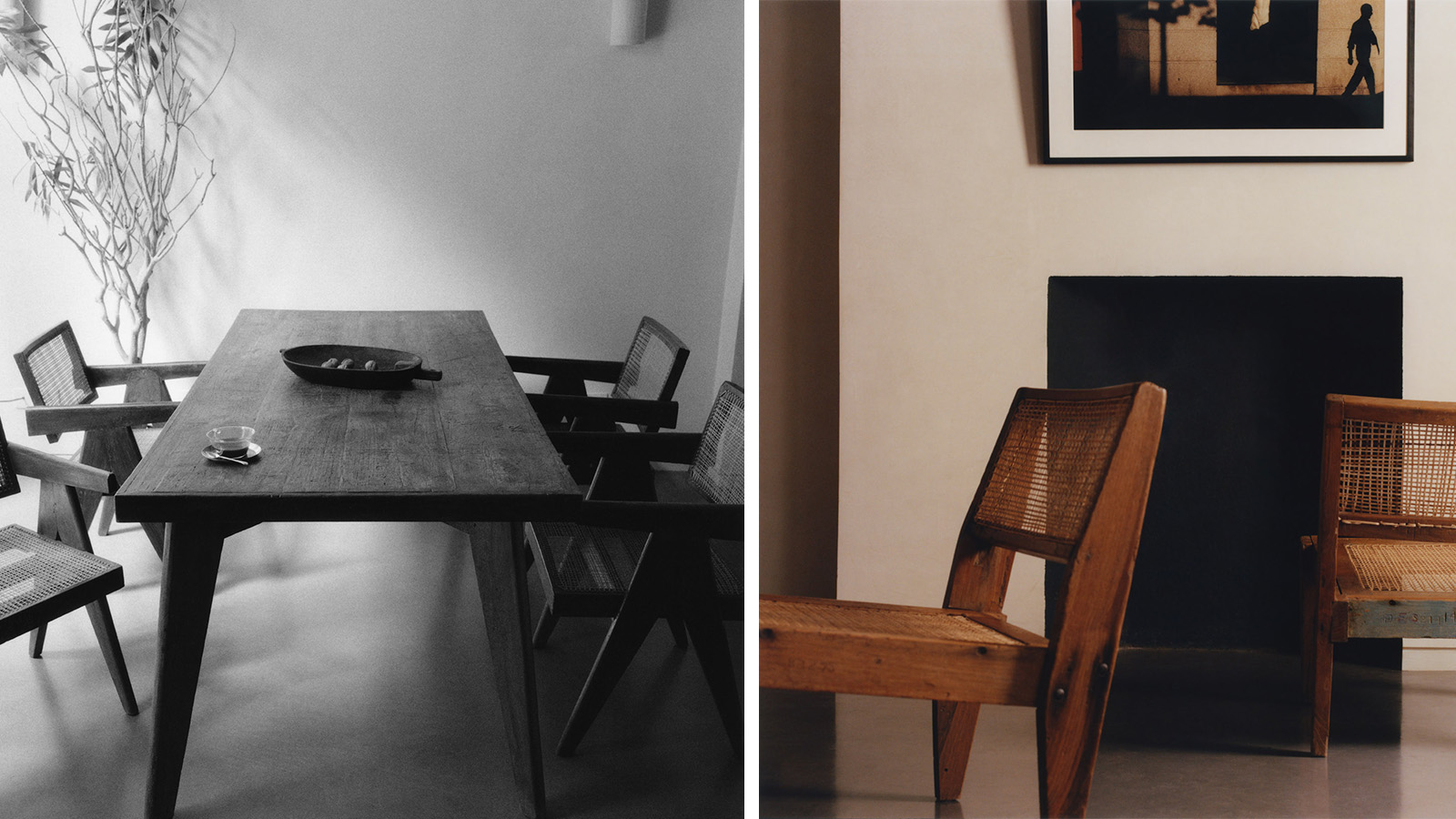
For the last 20 years, British-Indian collector Rajan Bijlani has been painstakingly tracking down furniture from the city of Chandigarh, designed by a group of modernists, led by Le Corbusier and Pierre Jeanneret. Located in the northern Indian state of Punjab, Chandigarh was conceived in 1947, when India and Pakistan partitioned and the British occupation ended. Jawaharlal Nehru, India’s first prime minister, sought to fashion a modern and forward-thinking country by building a city from scratch, commissioning Le Corbusier and Jeanneret to design the masterplan, many of the city’s main buildings and its furniture.
Crafted between 1954 and 1966 – primarily from teak and rosewood – the furniture is a unique fusion of Eastern and Western design, which Bijlani first started acquiring in 2004 in a collection that now amounts to around 500 pieces.
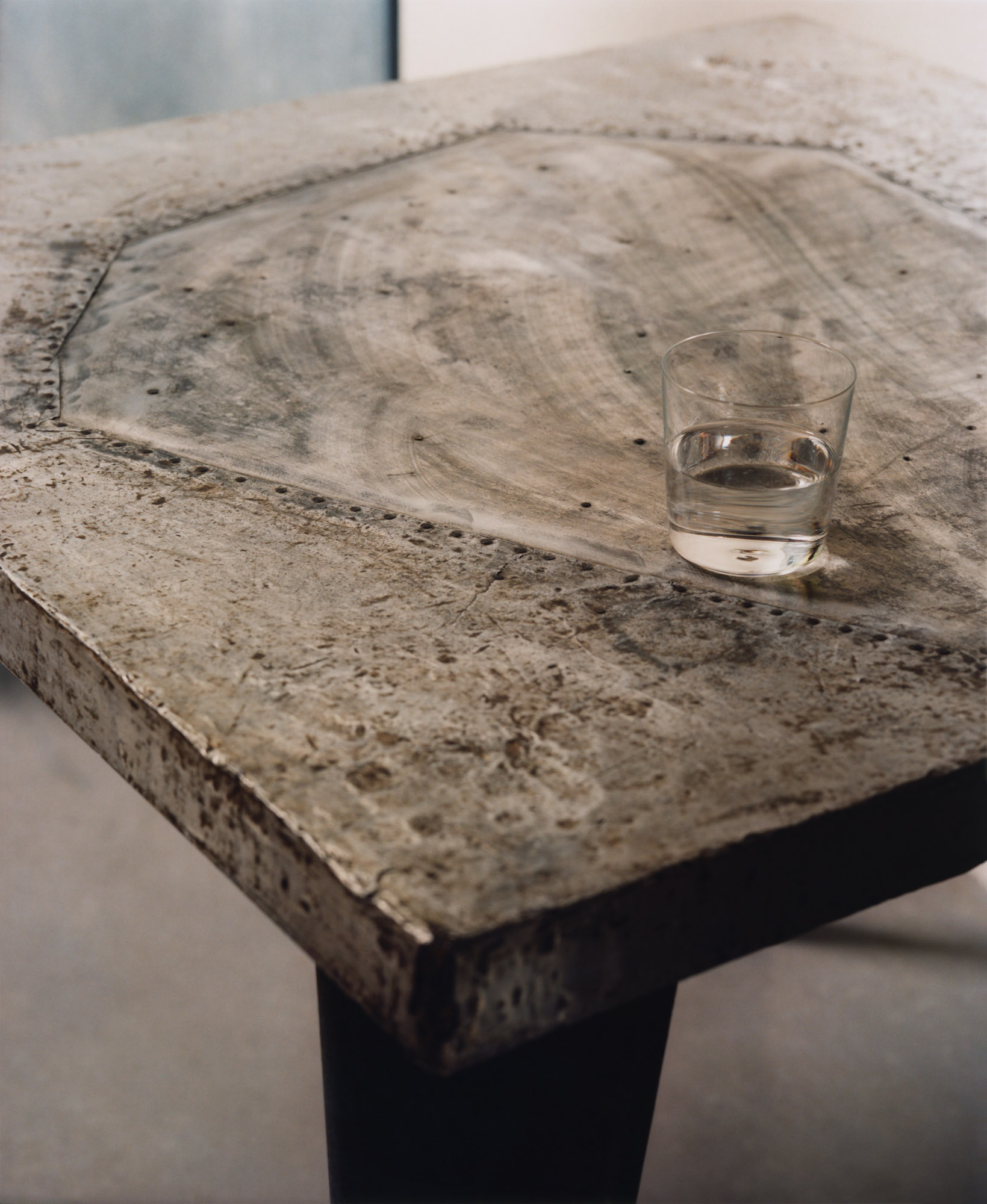
‘It was quite amazing because it was all local materials, handmade by local carpenters and craftsmen who had these ancient skills, but designed by European modernist architects,’ he says. ‘I started collecting it to help conserve this design legacy, because it was not really being looked after, and because I loved the materiality of it, compared to the backdrop of the concrete and the brutalism of Le Corbusier’s architecture.’
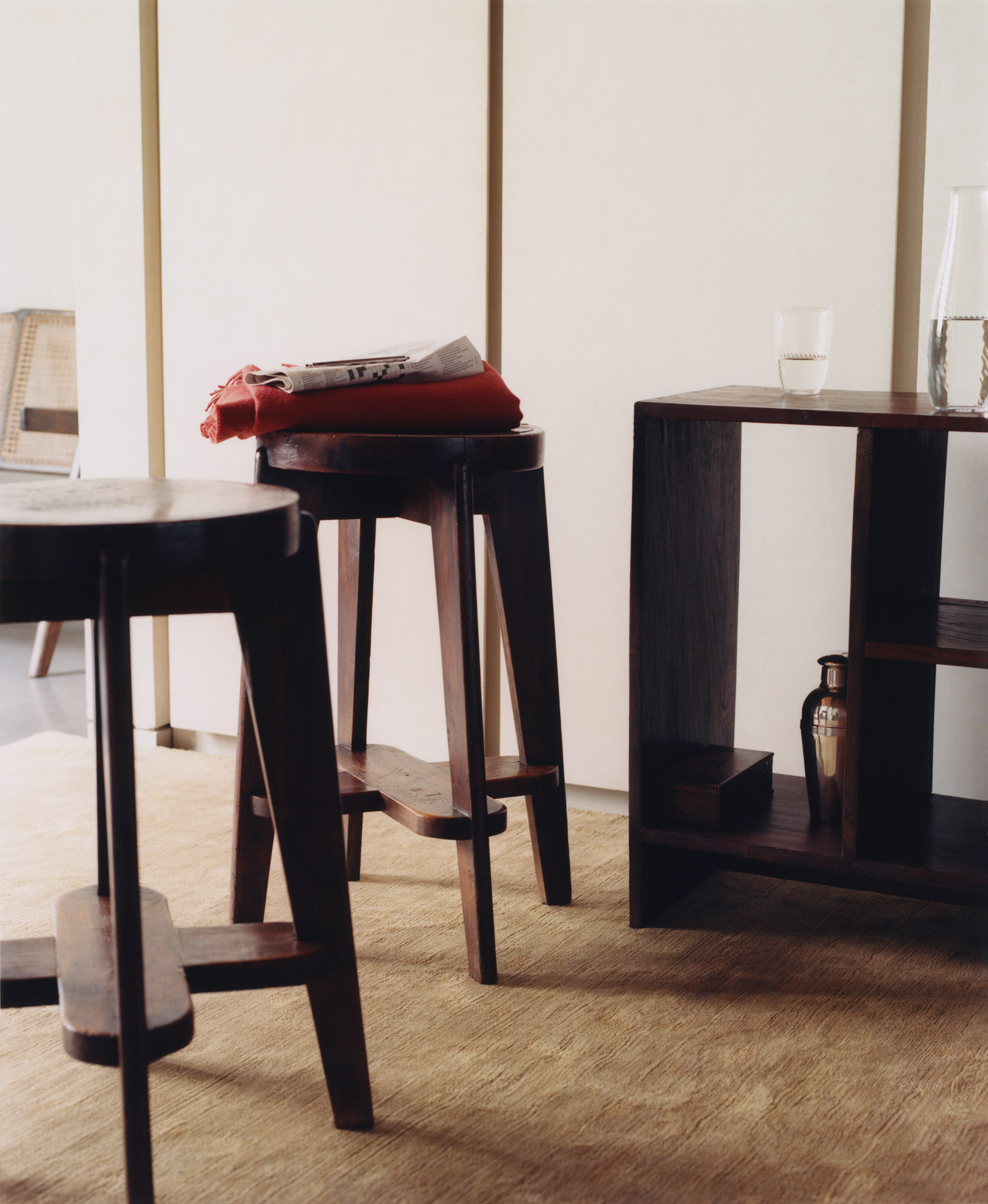
Bijlani exhibited part of his collection publicly for the first time in February during Nomad in St Moritz, presenting a fitting update to sofas and armchairs that had previously been upholstered in cowhide by European galleries. Collaborating with Loro Piana, the new pieces come in hues of ginger, earthy brown and soft grey.
‘The cow is sacred in India. It’s a very incongruous choice to use cowhide and it didn’t make sense, especially with me being Hindu,’ says Bijlani. ‘I started thinking of what would be synonymous with Punjab and, on a very clear day, you can see the Himalayas from Chandigarh, and so I thought of cashmere and pashmina.’
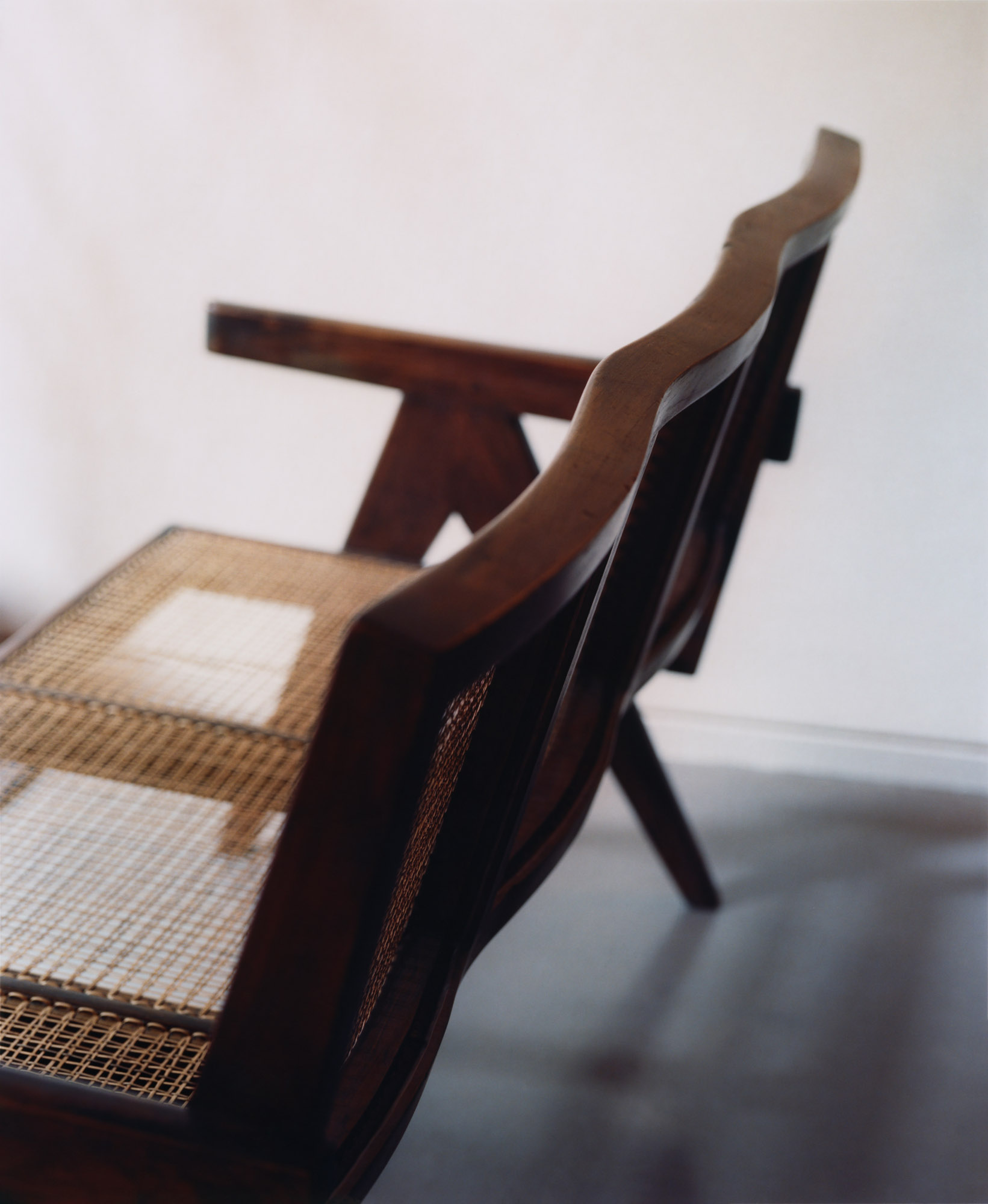
Standout pieces from the collection include some teak and zinc tables from the cafeteria at Chandigarh hospital and a library chair by Eulie Chowdhury, India’s first qualified woman architect, who worked with Jeanneret on furniture production. There are a pair of rarely-seen rattan chairs, from a private doctor’s house, which still have their original rattan in decent shape – a rare find after 70 years. Bijlani is also working with expert restorers to care for some of the pieces.
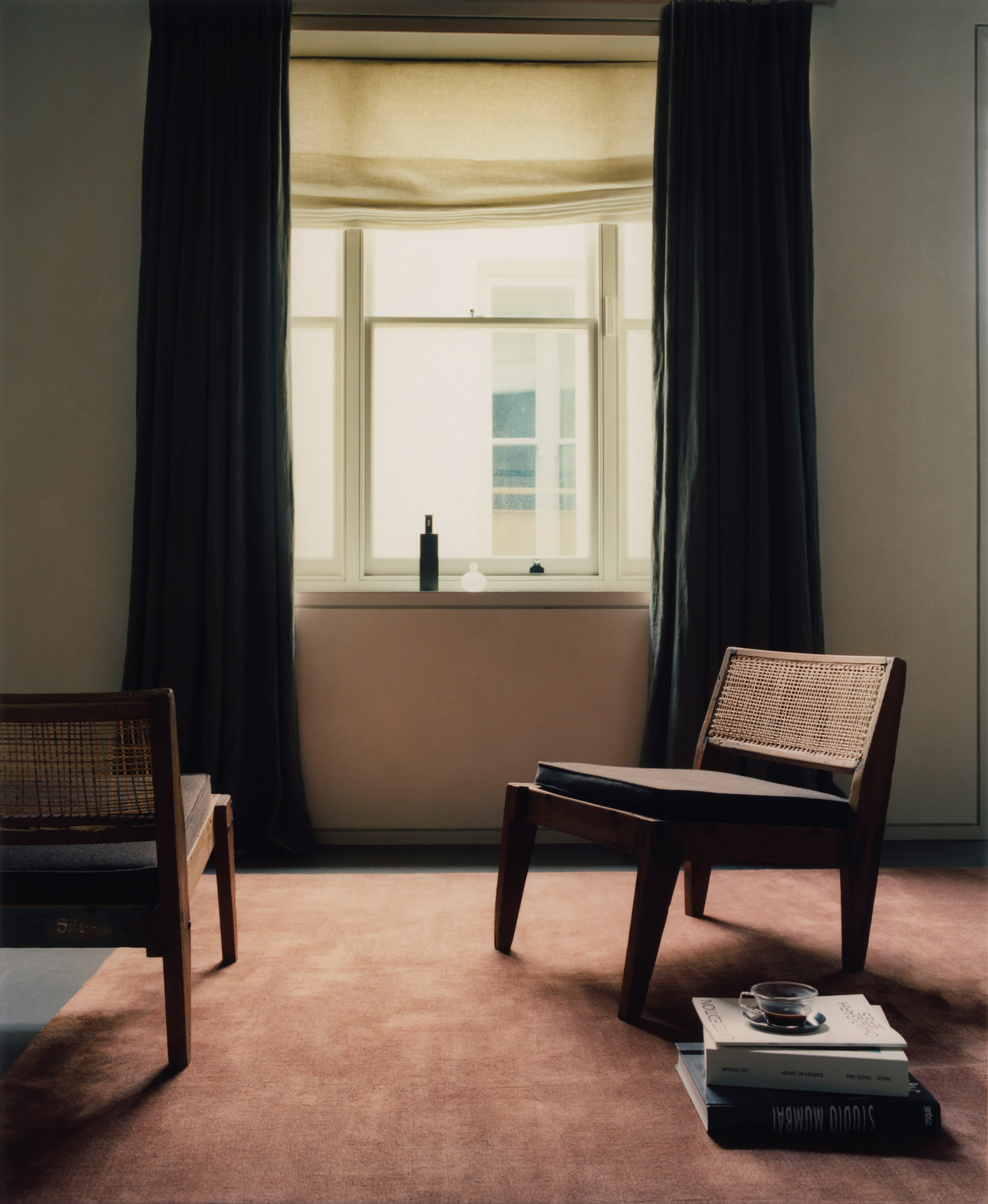
‘This is such an important collection, which has never really been seen and is so well preserved. As a custodian, I want to support it by donating some pieces to cultural institutions, so that they can continue to be preserved,’ says Bijlani. ‘I want to make sure that there’s increasing awareness about the importance and the history of the collections. It’s been a very long journey, but it’s a process that’s been done with care, custodianship and passion.’







